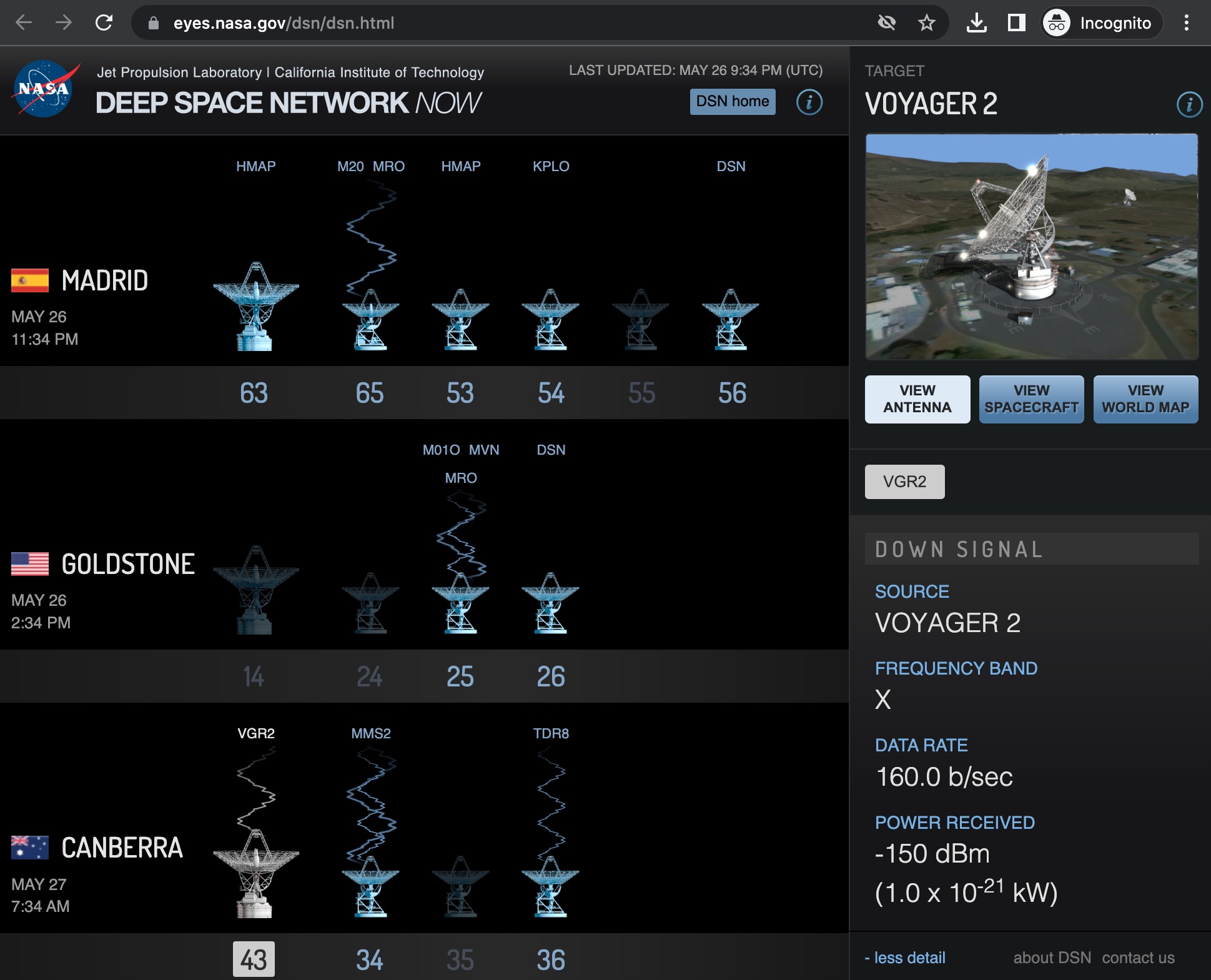I can't find a definitively authoritative source right now (no doubt it's in (at least) one of the DESCANSO series) but that's almost certainly going to be the calculated received power in dBm at the input to the front-end amplifier based on the amplified and processed signal level and known gains.
Numbers like that are not unheard of for the deepest of space probes. See for example DrSheldon's answer to Understanding the information contained in the Deep Space Network XML data?
Interestingly, How to calculate data rate of Voyager 1? and my answer there suggest a power from Voyager 1 into a 70 m dish of about -180 dBW or -150 dBm. That was five years ago, I don't know what part of the 10 dB difference is real what part is random and what part is systematic, e.g.
- RTG power dropping
- distance increasing
- Earth oscillating by +/-1 AU annually
- pointing errors of Voyager's high gain antenna due to systems shutting down or being degraded or propellant conservation measures
However anyone reading Dr. Sheldon's answer linked above could dig back in time and see just how Voyager's signal strength has been dropping. In fact that sounds like a good question to ask - "Have there been systematic changes in received signal strength from the Voyagers, and which components are seasonal, random, and smooth-monotonic?"
update: Ah! It's -150 dBm for Voyager 2


